Common Heart-shield Nebria brevicollis
The first of these were found in pitfall traps. Most of them comprised the majority of beetles in a single trap, but another nearby trap (higher drier habitat) contained mostly Nebria salina, which gave me a good opportunity to compare. The tarsal hairs on brevicollis could sometimes be rather difficult to see with one or two individuals initially misidentified on this character leading to confusion in interpreting the elytral microsculpture. However, once I had sorted them out accurately according to tarsal hair presence or absence, the difference in microsculpture was surprisingly obvious (with 60x magnification, top lit). I could just about make out differences in the marginal beads of the pronotum but looking at an insect in isolation I'm not sure I would find this character helpful - maybe with more experience that will become easier.
 (1).jpg)
 (2).jpg)
 (3).jpg)
 (4).jpg)
 (1).jpg)
 (2).jpg)
 (3).jpg)
 (4).jpg)
 (1).jpg)
 (2).jpg)
 (3).jpg)
 (4).jpg)
 (1).jpg)
 (2).jpg)
 (3).jpg)
 (4).jpg)
.jpg)
.jpg)
Common Heart-shield Nebria brevicollis showing tarsi, elytral microsculpture and pronotum beading on some (in all cases these photos immediately following the photo of the entire insect they relate to), Wendling Beck Environment Project (Norfolk, UK), 29th October to 2nd November 2022
This experience led me to wonder whether my previous records of Nebria brevicollis were safe or not. As well as finding it hard to see the tarsal hairs on some brevicollis it wasn't always easy to judge the bareness on salina either, so if I hadn't assessed the elytral microsculpture correctly there was room for error. Also most of my previous identifications were done with an older, lower quality dissecting microscope which would have increased the risk of misjudging either of these characters. My compound microscope isn't top-lit - on some occasions I'd rigged something up to throw some light on the top of the elytra when using this but that's always a bit tricky. I hadn't got the specimens any more, and my photos of the insects did not show sufficient detail to be sure about these small details. Except for one.
On that one, where I had somehow managed to get quite a good photo of the microsculpture, that unfortunately confirmed my worst suspicion. Now, armed with a better understanding of how the microsculpture differs betweeen the two species, it was pretty clear to me that this was indeed misidentified - it was Nebria salina. So reluctantly I think I am going to have to boot out all of my old records, even though in all likelihood the majority would have been brevicollis (for that is the commoner species). Of course this highlights why many entomologists say you should always keep specimens - unfortunately for me at the moment this simply isn't possible for more than a few.
The next ones were identified after the above experience (even if they were obtained earlier), so I am confident about their identification.
 (1).jpg)
 (3).jpg)
 (2).jpg)
Common Heart-shield Nebria brevicollis showing tarsi and elytral microsculpture, North Elmham (Norfolk, UK), 7th September 2021
This one was caught in a pitfall trap.
 (1).jpg)
 (2).jpg)
 (3).jpg)
Common Heart-shield Nebria brevicollis showing tarsi and elytral microsculpture, North Elmham (Norfolk, UK), 19th April 2022
Another one from a pitfall trap. I've added the hairs on the hind basitarsus here as they're hard to seen in the photo. They were hard to see under the microscope too, though the mud on the leg didn't help.
 (1).jpg)
 (2).jpg)
 (3).jpg)
Common Heart-shield Nebria brevicollis showing tarsi and elytral microsculpture, North Elmham (Norfolk, UK), 9th May 2022
This one was in a pitfall trap with 2 Nebria salina.
 (1).jpg)
 (2).jpg)
 (3).jpg)
Common Heart-shield Nebria brevicollis showing tarsi and elytral microsculpture, North Elmham (Norfolk, UK), 9th May 2022
I didn't expect this to be Nebria brevicollis as it had distinctly rufousy-brown elytra. It was also smaller than the stated range for brevicollis, at just under 10mm. However, it keyed to brevicollis. Duff says immature specimens can be rufous and the UK Beetles website says, "pale immature specimens are common early in the year." This was hardly early in the year and the photo of an immature specimen at that website is even paler (with pale legs including the femora), so I'm not sure if it was slightly immature or just a pale (and small) example? It was found by torchlight on the ground in arable margin.
 (1).jpg)
 (4).jpg)
 (3).jpg)
Common Heart-shield Nebria brevicollis showing hind basal tarsus and elytral microsculpture, Wendling Beck Environment Project (Norfolk, UK), 8th October 2023
The following were identified at the time as breviocollis, but before the experience described above so I think there must an element of doubt about the accuracy of my identifications.
 (1).JPG)
 (2).JPG)
Nebria sp. (identified at the time as Common Heart-shield Nebria brevicollis), Thompson Water (Norfolk, UK), 19th May 2017
 (1).JPG)
 (2).JPG)
Nebria sp. (identified at the time as Common Heart-shield Nebria brevicollis), North elmham (Norfolk, UK), 29th May 2018
 (1).jpg)
 (2).jpg)
.jpg)
2x Nebria sp. (identified at the time as Common Heart-shield Nebria brevicollis), North elmham (Norfolk, UK), 27th September 2018 (first two photos are the same individual)
 (1).jpg)
 (2).jpg)
Nebria sp. (identified at the time as Common Heart-shield Nebria brevicollis), North elmham (Norfolk, UK), 7th November 2018
 (1).jpg)
 (2).jpg)
Nebria sp. (identified at the time as Common Heart-shield Nebria brevicollis), North elmham (Norfolk, UK), 6th December 2018
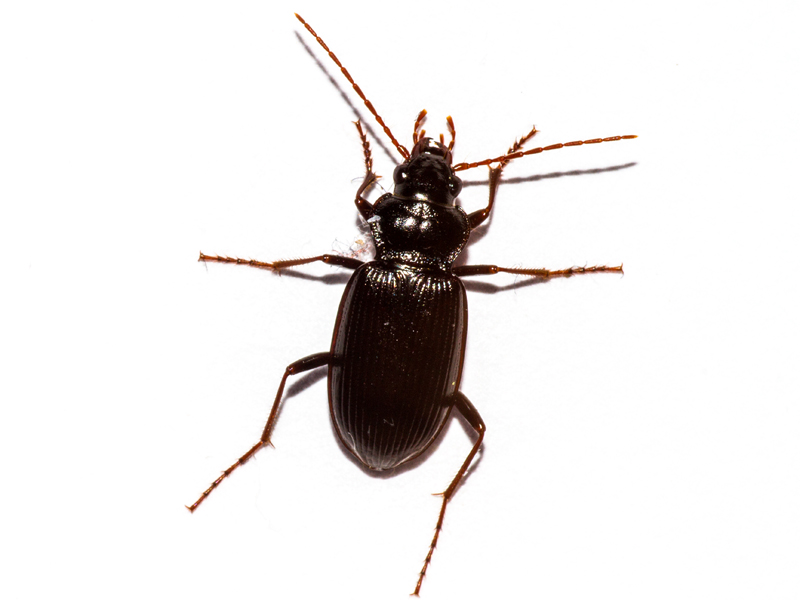
Nebria sp. (identified at the time as Common Heart-shield Nebria brevicollis), North elmham (Norfolk, UK), 5th October 2019
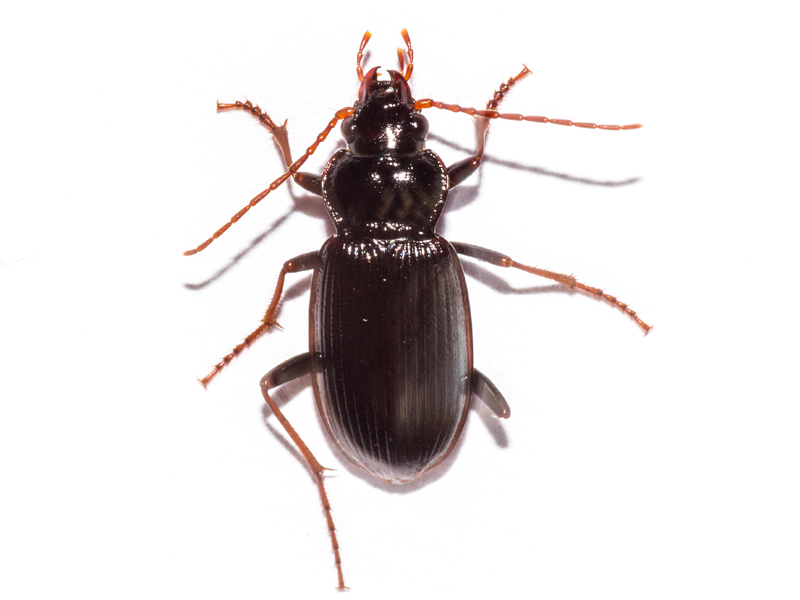
Nebria sp. (identified at the time as Common Heart-shield Nebria brevicollis), North Elmham Catheral Meadows (Norfolk, UK), 8th March 2020
 (1).jpg)
 (2).jpg)
Nebria sp. (identified at the time as Common Heart-shield Nebria brevicollis), North elmham (Norfolk, UK), 6th April 2020
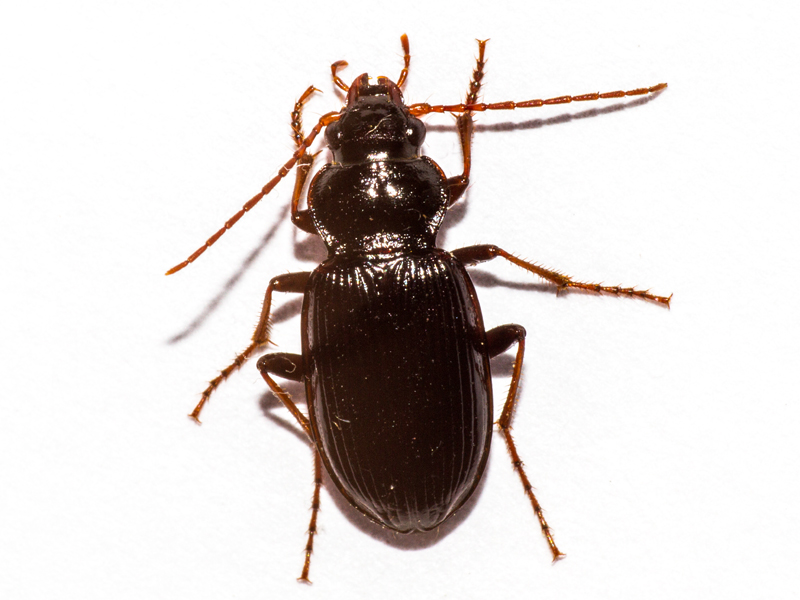
Nebria sp. (identified at the time as Common Heart-shield Nebria brevicollis), North Elmham Catheral Meadows (Norfolk, UK), 17th May 2020

Nebria sp. (identified at the time as Common Heart-shield Nebria brevicollis), Tresidder (Cornwall, UK), 6th October 2020
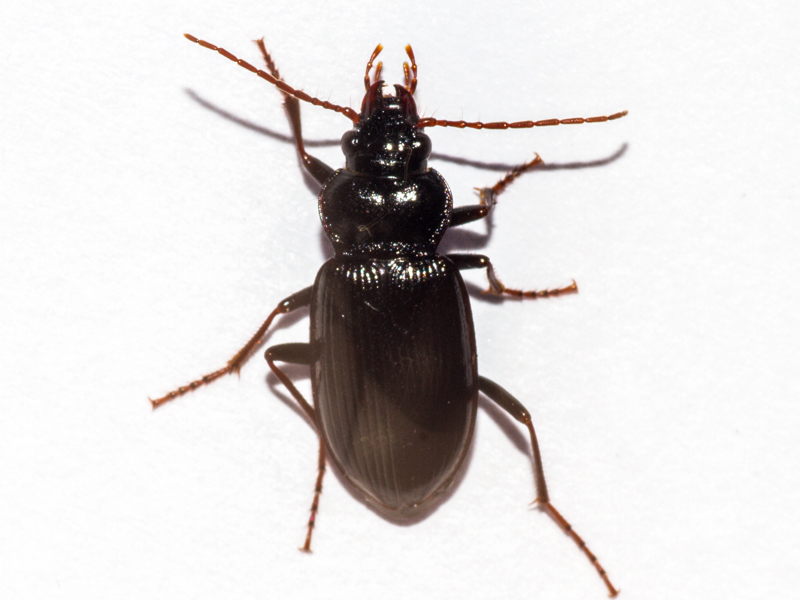
Nebria sp. (identified at the time as Common Heart-shield Nebria brevicollis), Wendling Beck Environment Project (Norfolk, UK), 1st September 2021
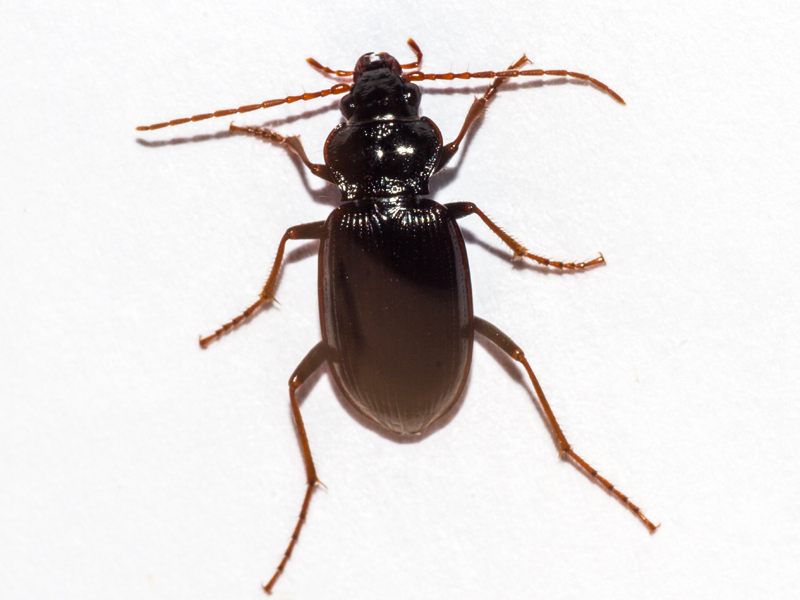
Nebria sp. (identified at the time as Common Heart-shield Nebria brevicollis), Wendling Beck Environment Project (Norfolk, UK), 25th September 2021
.jpg)
.jpg)
2x Nebria sp. (identified at the time as Common Heart-shield Nebria brevicollis), Wendling Beck Environment Project (Norfolk, UK), 1st May 2022
